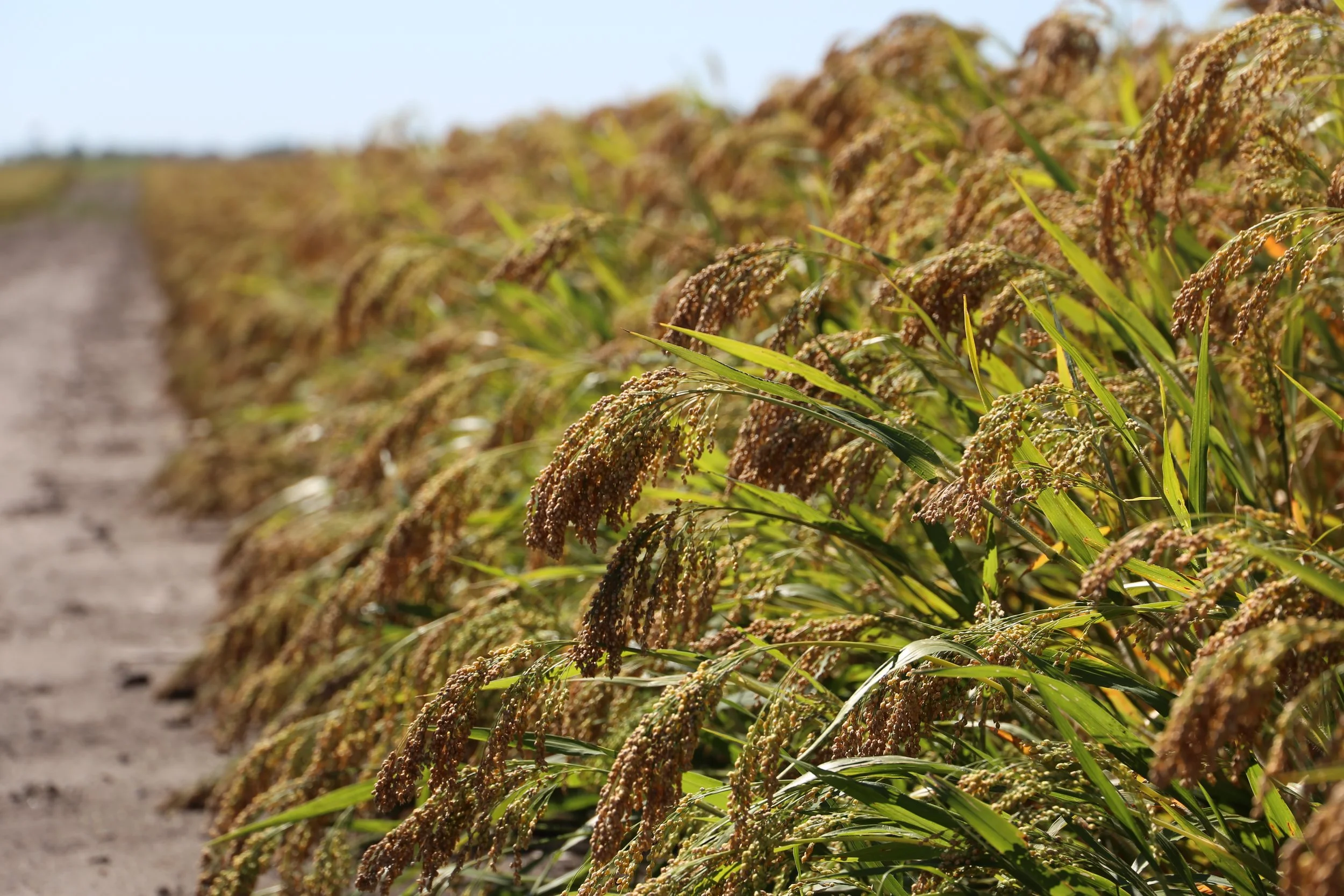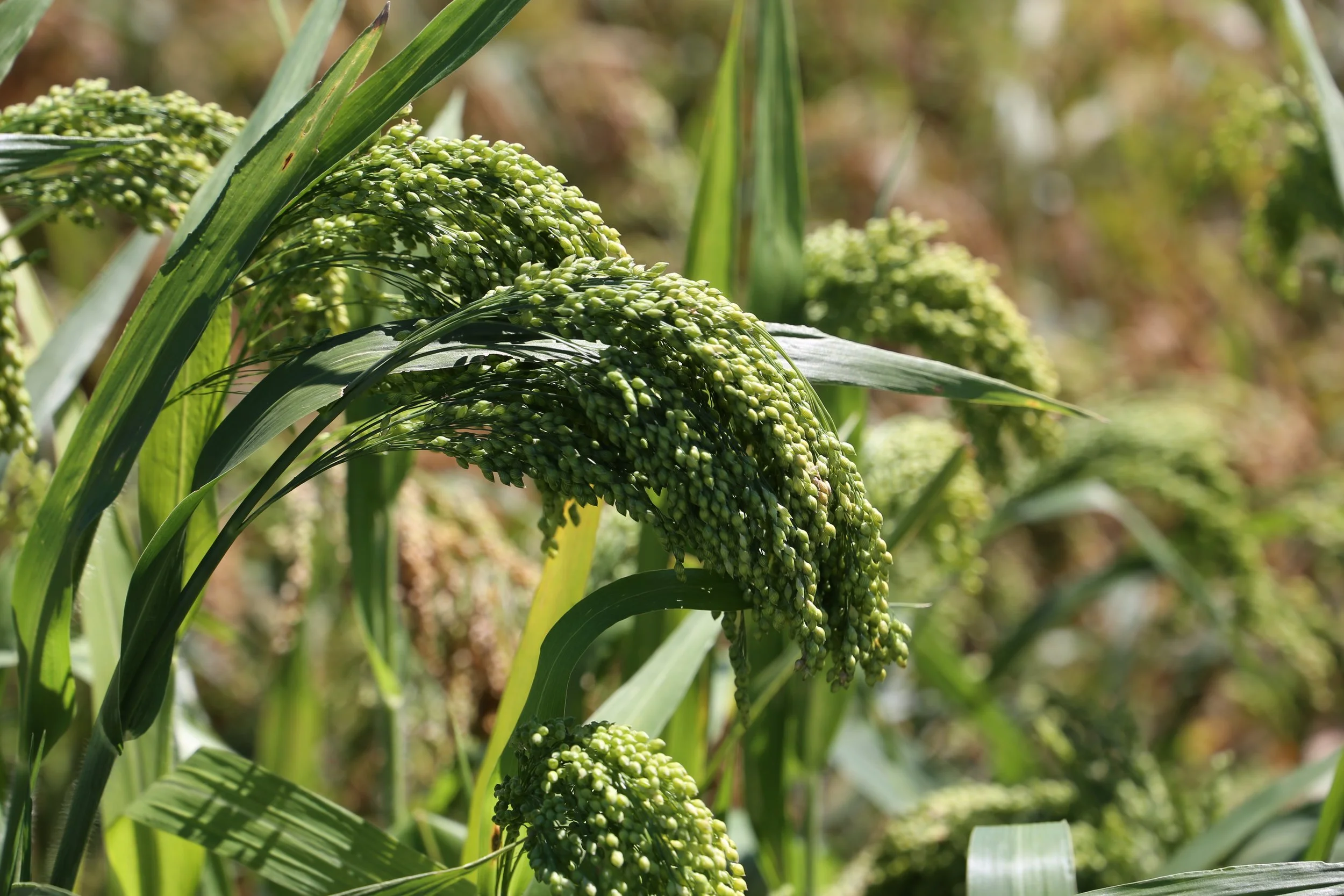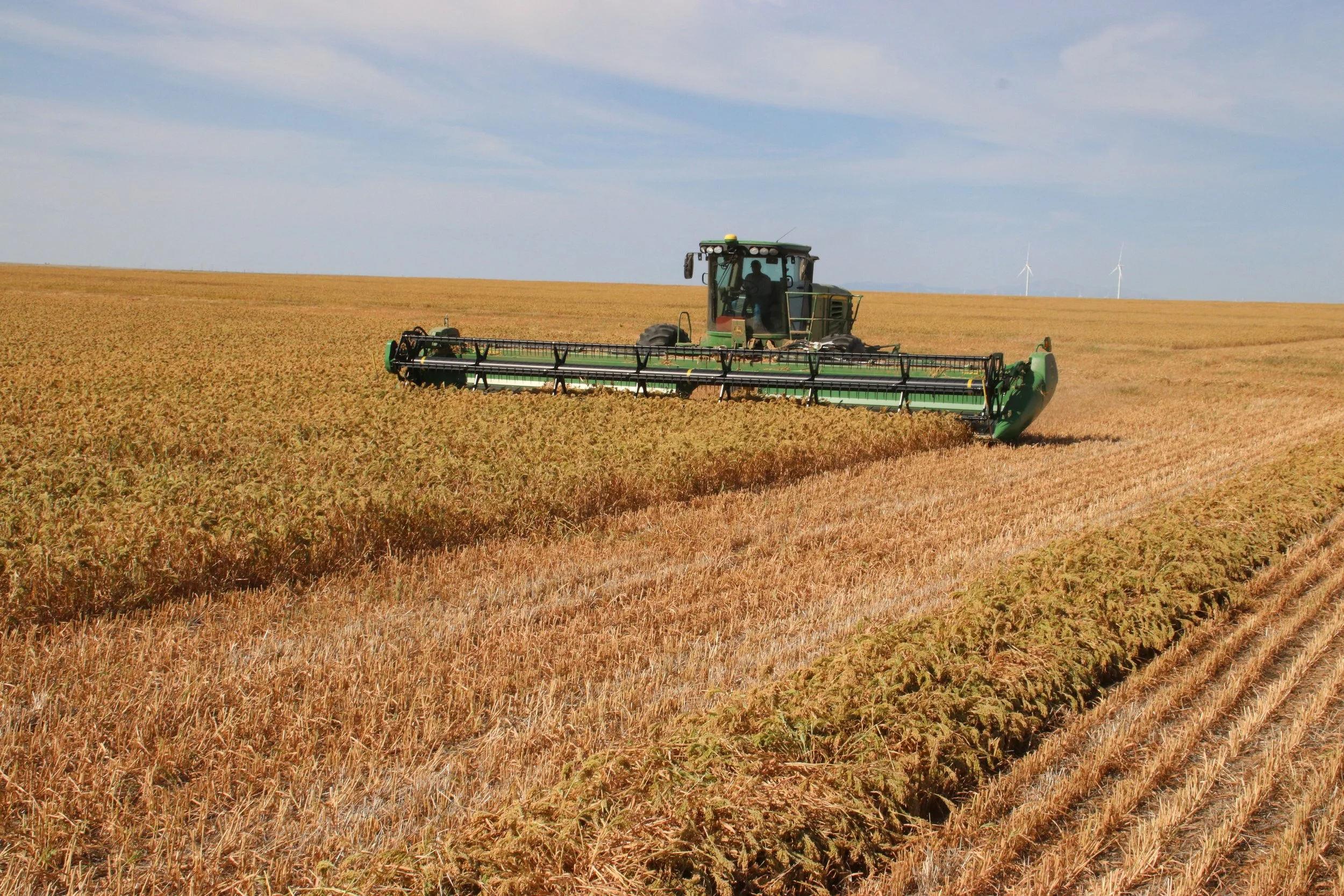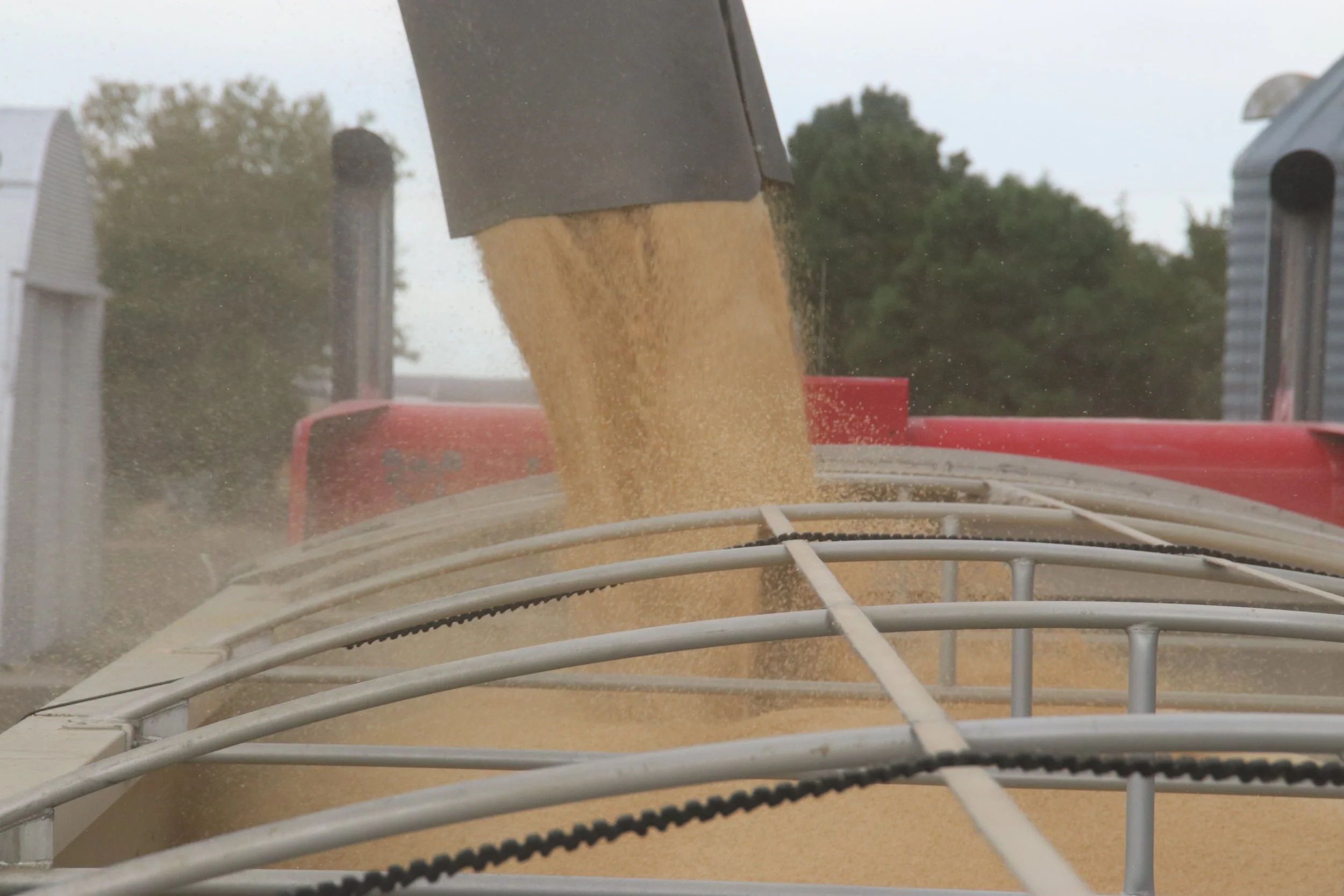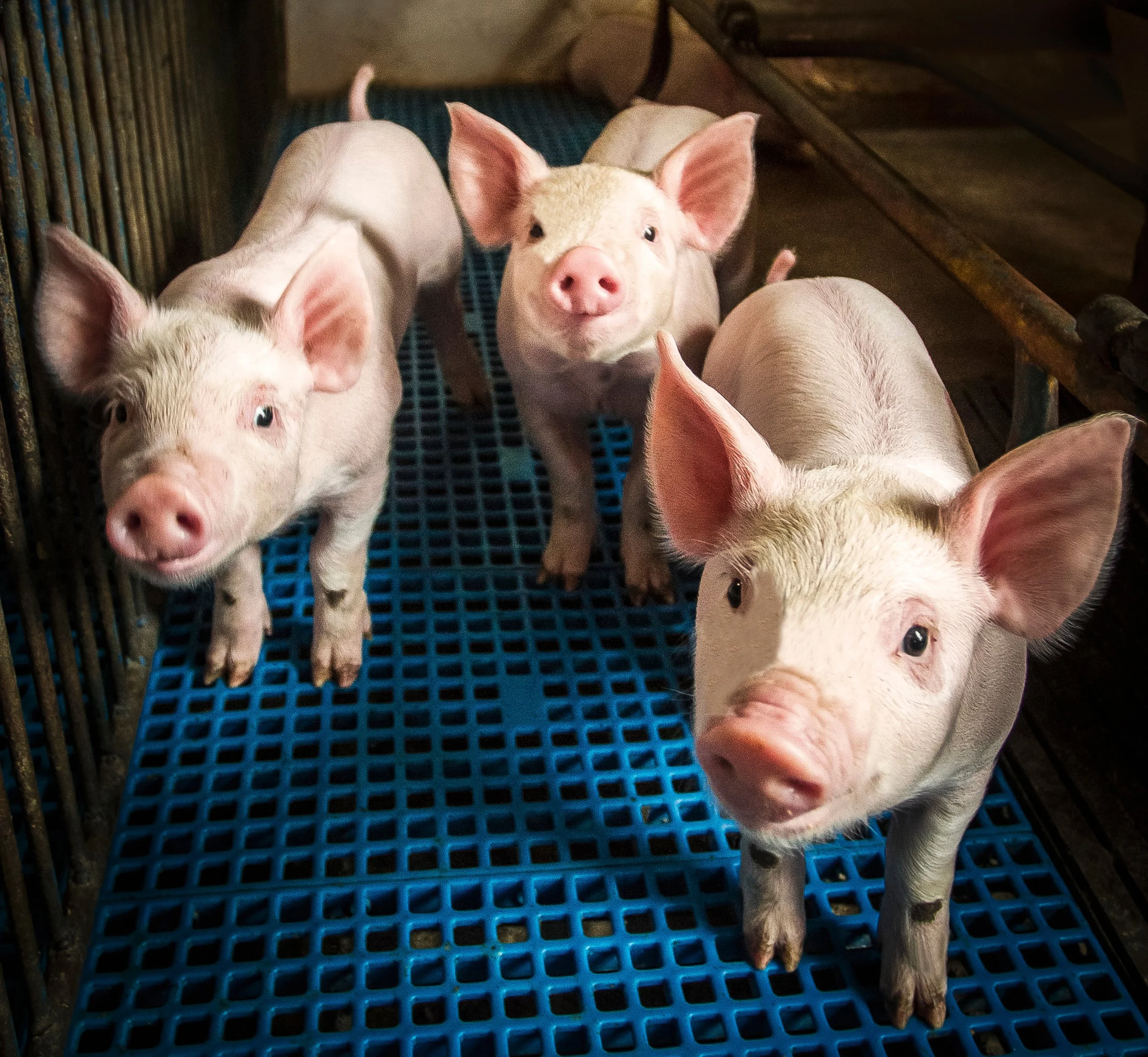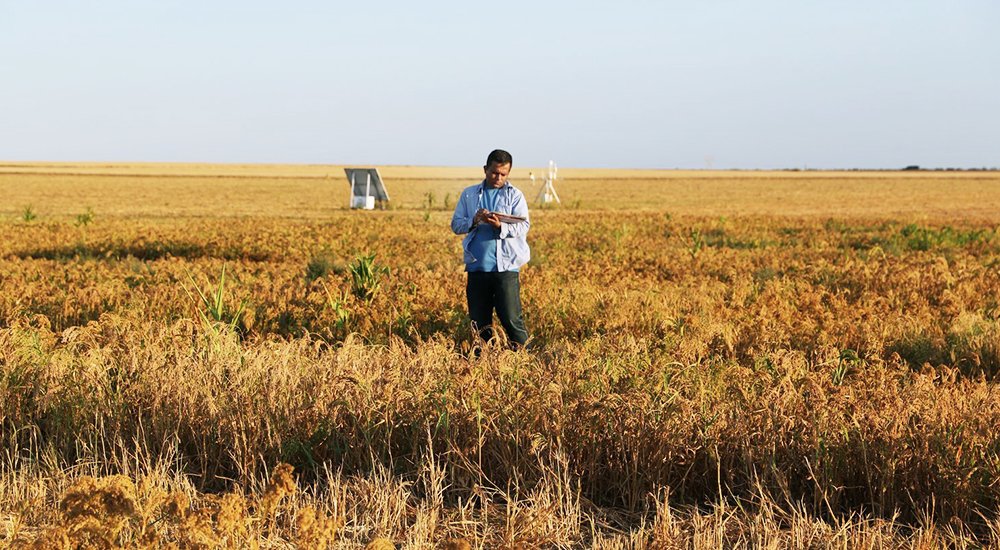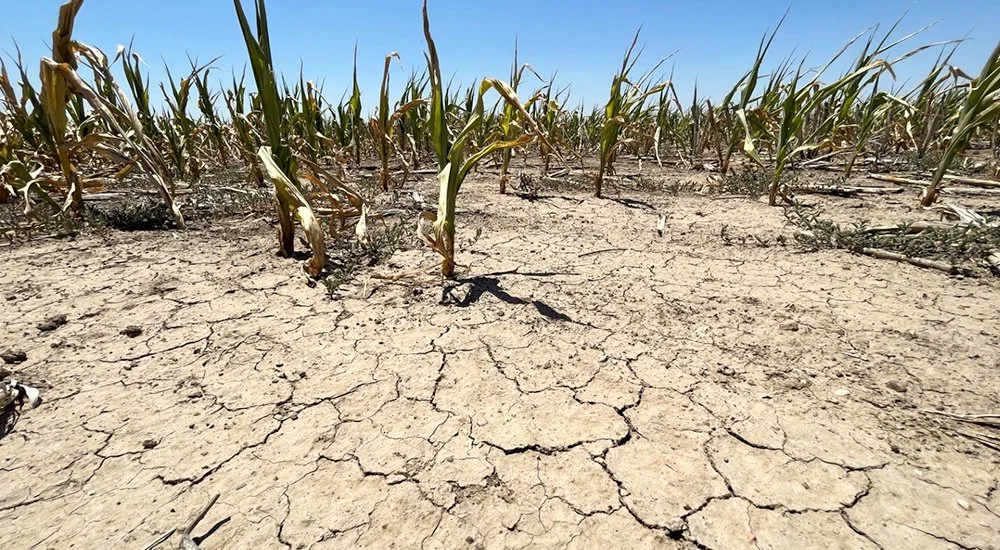Shifting Weather Patterns Impact Farmers Nationwide
How farmers are looking to an ancient grain in the future.
As climates and growing conditions have thrown a curveball for many farmers across the U.S., producers are starting to diversify their crop production and find opportunities to get through lingering drought conditions.
Higher temps and more drought acres in the High Plains.
The word “drought” is not what any farmer wants to hear. “Over the past several decades, temperatures in the Northern Great Plains have increased more than any other region in the U.S., with an average warming of 1.7°F [over the course of several decades].”
Photo courtesy of U.S. Climate Resilience Toolkit
The increase in temperature may be a result of the regional temperatures from every direction coming through the High Plains over the past few decades.
But this increase in temperature isn’t stopping a variety of High Plains farmers from learning how to produce the most crop on these drought-prone, malnourished acres.
Did you know? Almost every county in the Northern Great Plains ranged from abnormally dry to extreme drought conditions in October of 2020. And three years later, we’re seeing the same thing.
Rising temps impact staple Midwest crops.
Corn, soybeans and wheat are crop production staples in the Midwest. But as climate change is on the rise, and aquifers and water tables are being sucked dry, producing these crops may become more of a challenge for farmers in this region.
A recent study from the EDF dives deeper into how climate change will impact corn, soybeans and wheat across the Midwest by 2030. See below some of the key takeaways:
Corn won’t be king for much longer. Corn yields across Iowa are expected to decrease by at least 5%, but most counties are expected to see a 10% or more decrease in their crop yield as we get closer to 2030.
Minnesota soybeans are predicted to follow the same path as Iowa corn. Resulting in an average decrease in soybean yield of 5% per county, with some counties seeing a yield drop of 10% or more.
With this shortfall, we will need to produce 50% more food to be able to keep up with our growing population.
It’s time to start considering other options.
Proso millet can thrive in these semi-arid climates found across the Midwest and into the High Plains. From its shallow root system, to the 13 inches of water per acre this crop needs to grow, proso millet provides a viable option for farmers in challenging environments.
Especially considering that farmers across states like Colorado and South Dakota have found comparable, and even higher yields than other crops, despite the lack of available moisture.
Not only does proso require less water than its small grain counterparts, it also holds comparable feed value for livestock, which makes it a stiff competitor to corn in the High Plains region.
As we continue to research the benefits of proso millet and develop new market opportunities, we’re excited to see the potential for this crop to keep farmers in the High Plains region of the country staying productive and profitable. Make the most of your farming operation with our high-quality proso millet seed varieties.

